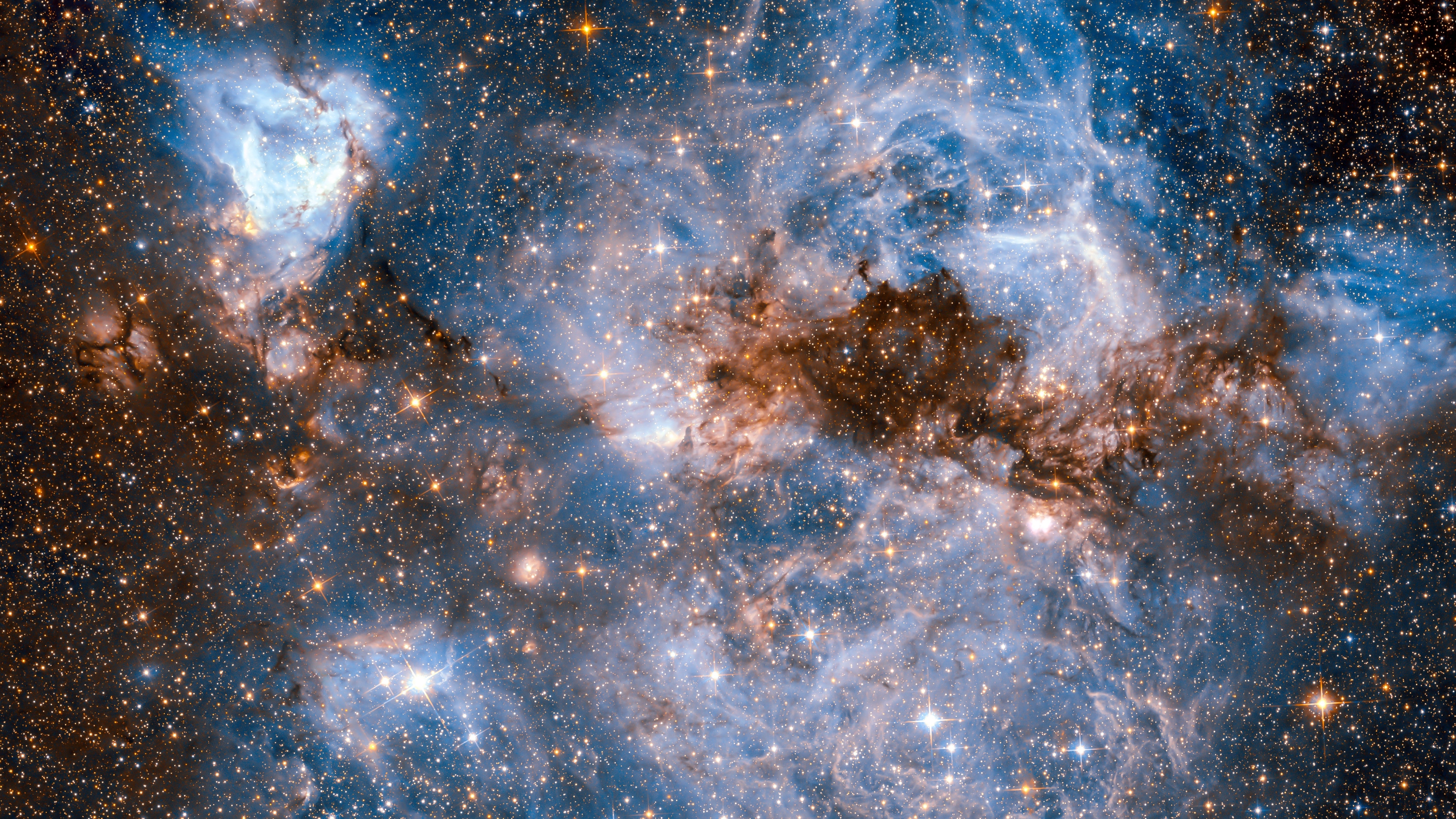It would be easier to find aliens in a parallel universe than in our own, new multiverse study claims
A new model based on the famous alien-hunting Drake equation suggests that some parallel universes within the hypothetical "multiverse" could have higher chances of containing extraterrestrial life than our universe.

Scientists have just come up with another potential explanation for why we have never found signs of extraterrestrial life in the cosmos — we may be living in the wrong universe.
A new theoretical model based on the famous Drake equation suggests that alien life is more likely to emerge in specific parallel universes that could potentially exist alongside ours in a never-ending multiverse. If this is the case, it means we do not live in the "optimal universe" for detecting extraterrestrial civilizations.
The Drake equation was a theoretical formula written by American astrophysicist Frank Drake in 1961 to help tackle the dichotomy between the high probability that extraterrestrial intelligence exists and the fact that we have no evidence for such aliens — a problem known as the Fermi Paradox. The Drake equation estimates the chances of detecting extraterrestrial life in the Milky Way. It primarily hinges on the number of stars in our galaxy, because aliens would likely need a star to spawn an exoplanet they could call home and provide the energy needed to spark their emergence and evolution, despite some theories to the contrary.
But in a new study, published Wednesday (Nov. 13) in the journal Monthly Notices of the Royal Astronomical Society, researchers took this idea and extrapolated it on a multiversal scale by calculating how differences in the density of dark energy — the mysterious force driving the expansion of the universe — may affect how many stars can form in different parallel universes.
The model revealed that the optimal density of dark energy in a universe would enable up to 27% of non-dark matter to turn into stars. But in our universe, the fraction of such matter that turns into stars is 23%, meaning there are fewer stars and, as a result, fewer places for aliens to emerge, according to a statement by researchers.
Related: 32 strange places scientists are looking for aliens

The new findings are completely hypothetical and assume that a multiverse exists, which is a theory that is far from being proved. However, "it will be exciting to employ the model to explore the emergence of life across different universes and see whether some fundamental questions we ask ourselves about our own universe must be reinterpreted," study co-author Lucas Lombriser, a cosmologist at the University of Geneva in Switzerland, said in another statement.
Sign up for the Live Science daily newsletter now
Get the world’s most fascinating discoveries delivered straight to your inbox.
Dark energy is a currently-unidentifiable substance or force that works against gravity, causing space-time to expand rather than collapse in on itself. Astronomers think that dark energy exists because the universe's expansion is accelerating, but they have no clear idea what it is.
The amount of this mysterious energy in different parallel universes would influence the universes' respective star formation by impacting the rate of their cosmic expansion: If a universe has less dark energy than ours, it could expand more slowly, which would decrease star formation by enabling gravity to collapse large-scale structures, such as stellar clusters, galaxies or galactic superclusters. But if a universe has more dark energy than ours, it could increase star formation by dispersing matter more widely and enabling more large, star-forming structures to take shape.
However, too much dark energy would cause a universe to expand so quickly that it would reduce the amount of star formation by scattering matter too widely. As a result, the new model calculated the optimal density of dark energy that would maximize the rate of star formation, which turns out to be slightly higher than the density we observe in our own universe. That means intelligent beings in other universes may have better luck finding each other than we’ve had searching for aliens in ours.
The researchers also suspect that across the multiverse, the optimum dark energy density would be more common than other possible configurations of the mysterious force, such as the density of our universe's dark energy.
"We may not live in the most likely of universes," study lead author Daniele Sorini, a cosmologist at Durham university in England, said in the second statement.

Harry is a U.K.-based senior staff writer at Live Science. He studied marine biology at the University of Exeter before training to become a journalist. He covers a wide range of topics including space exploration, planetary science, space weather, climate change, animal behavior and paleontology. His recent work on the solar maximum won "best space submission" at the 2024 Aerospace Media Awards and was shortlisted in the "top scoop" category at the NCTJ Awards for Excellence in 2023. He also writes Live Science's weekly Earth from space series.









